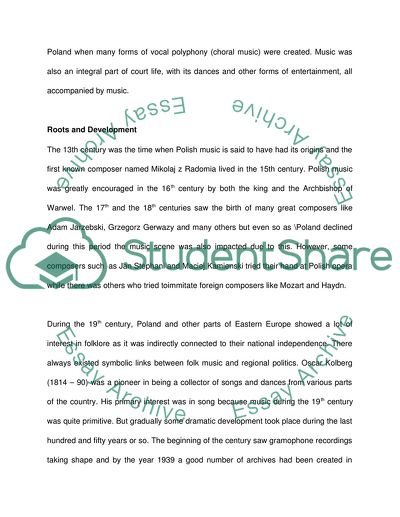Cite this document
(“Polish Music Research Proposal Example | Topics and Well Written Essays - 2500 words”, n.d.)
Retrieved from https://studentshare.org/music/1549644-polish-music
Retrieved from https://studentshare.org/music/1549644-polish-music
(Polish Music Research Proposal Example | Topics and Well Written Essays - 2500 Words)
https://studentshare.org/music/1549644-polish-music.
https://studentshare.org/music/1549644-polish-music.
“Polish Music Research Proposal Example | Topics and Well Written Essays - 2500 Words”, n.d. https://studentshare.org/music/1549644-polish-music.


